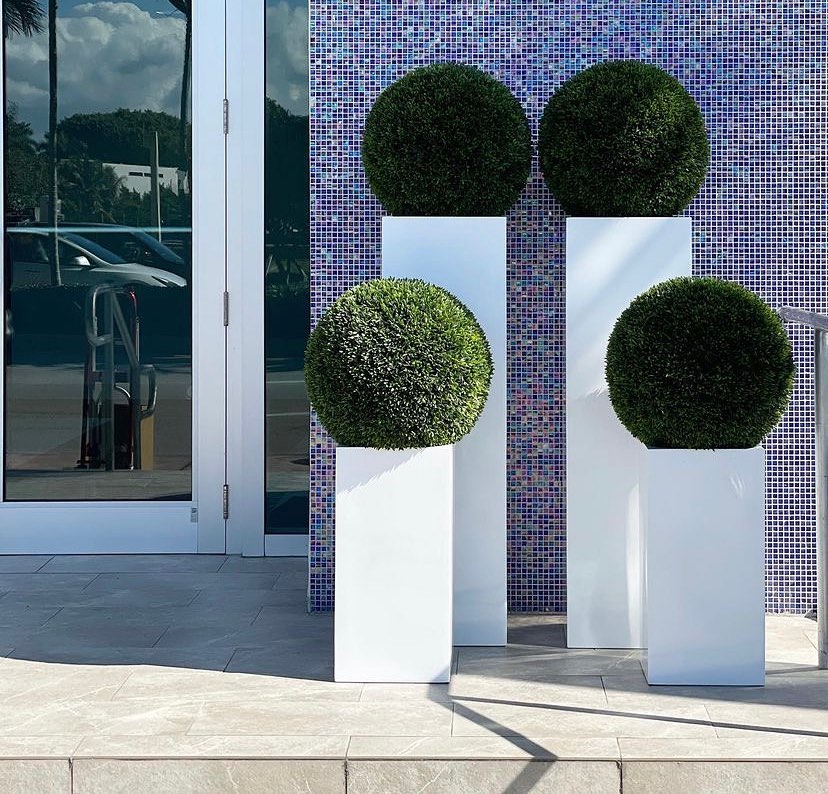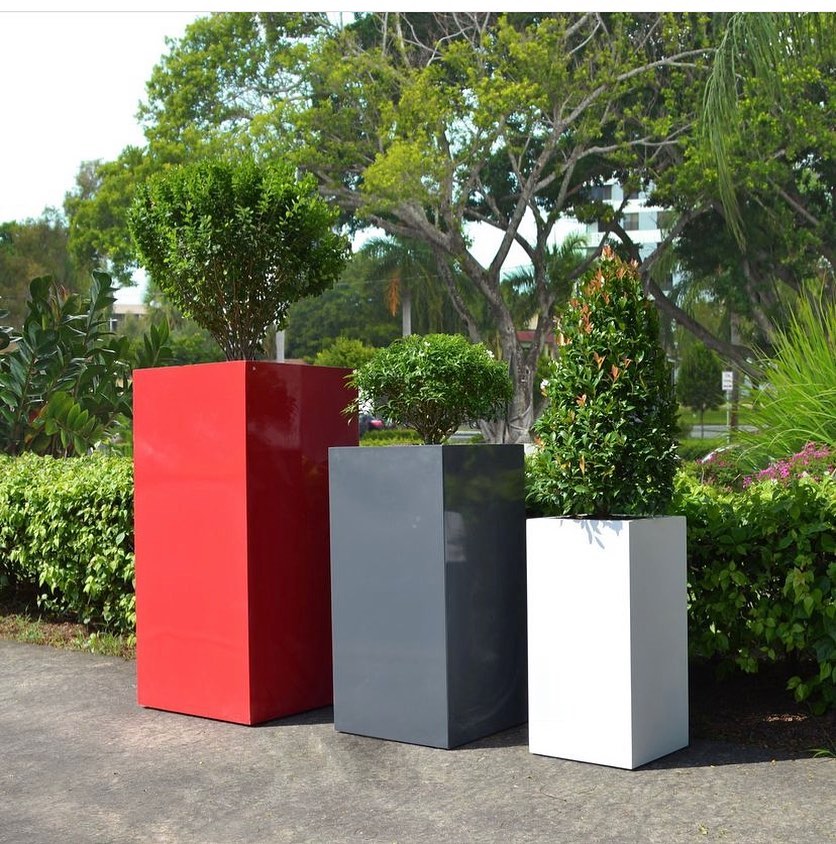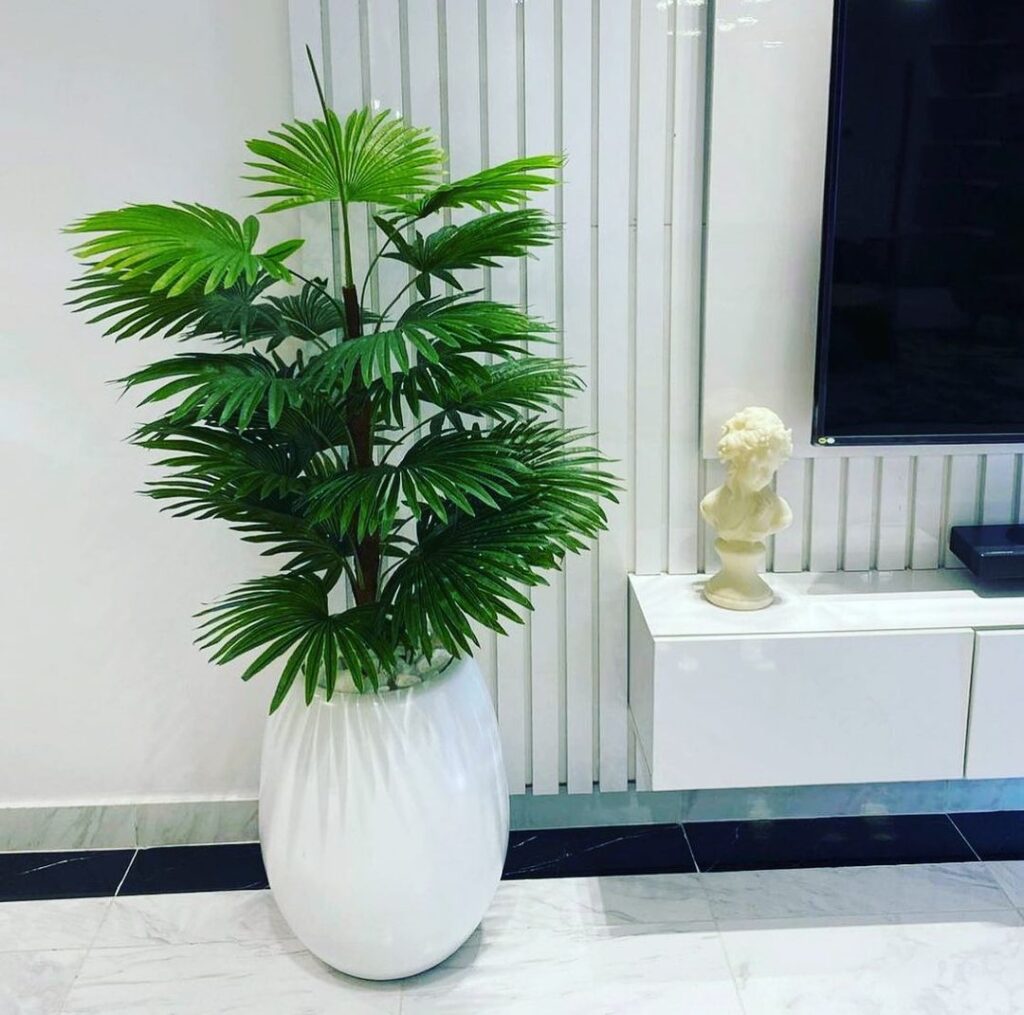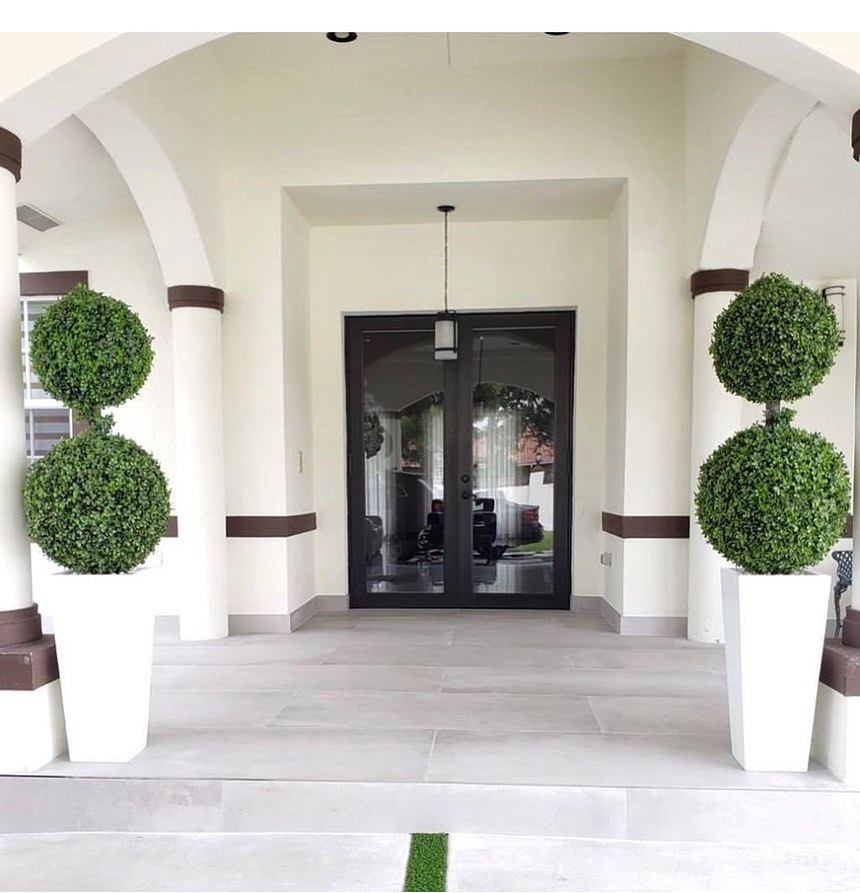Fiberglass planters resemble clay pots in appearance, but they are lighter, less costly in larger sizes, and less prone to breaking. Larger pots typically require many plants to adequately occupy the growth area, allowing you to construct a lifesize garden in the pot. Pots can be used in the landscape. Colorize your patio, frame access, or draw attention to a garden walk.

- Select the plants and place them in a specific location in the fiberglass container. Place them at the same depth where they used to grow.
- Fill the Flower pot to within 3 inches of the brim with a lightweight potting medium. Garden soil should be avoided since it compacts in large pots, inhibiting proper root growth and drainage.
- On the bottom of the fiberglass container, look for drainage holes. If there are no holes in the bottom of the pot, drill four to six 1/2-inch diameter holes to allow excess water to drain.
- Arrange the plants on top of the earth before removing them from their nursery pots. Most plants require half the area listed on the plant tag when grown in containers. Taller plants should be put in the center of the container, surrounded by shorter plants. Add trailing plants around the pot’s edge if desired.
- Also because fiberglass pot may be too heavy to move once filled, position it before adding soil and plants. Choose a location that receives adequate sunlight for the type of plants you’re growing.
- Monitor the soil moisture in the pot and water it during a dry soil top inch. Pots dry out faster than garden beds, although large, empty containers retain moisture longer than smaller ones.



